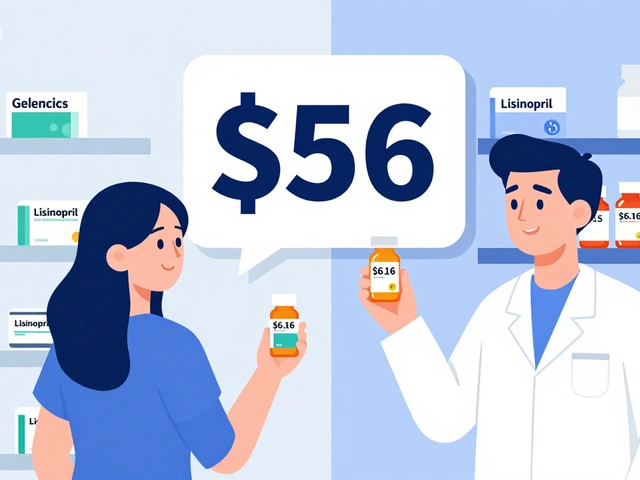OTC Allergy Pills: What They Do and How to Pick the Best One
If sneezing, itchy eyes, or a runny nose are ruining your day, an over‑the‑counter (OTC) allergy pill can be a lifesaver. You don’t need a prescription to get relief—just a little know‑how about the options on the shelf. Below you’ll learn how these meds work, what to watch out for, and a quick rundown of the most popular choices.
How OTC Allergy Pills Work
Most OTC allergy pills belong to the antihistamine family. Histamine is a chemical released by your body when it meets an allergen like pollen, pet dander, or dust. Histamine makes blood vessels leak, nerves itch, and mucus swell. Antihistamines block the histamine receptors, so the reaction stops before it gets loud.
There are two main generations of antihistamines. First‑generation drugs (like diphenhydramine) are cheap and effective, but they often make you drowsy because they cross into the brain. Second‑generation pills (such as loratadine, cetirizine, and fexofenadine) stay mostly outside the brain, so they keep you alert while still calming symptoms.
Besides antihistamines, some OTC combos add a decongestant (like pseudoephedrine) to shrink nasal swelling. Those products can give a tighter nose but may raise blood pressure, so they aren’t right for everyone.
Choosing the Right Allergy Tablet
Start with the basics: do you need day‑time relief or a night‑time option? If you have a job or need to drive, a non‑drowsy, second‑generation antihistamine is usually the safe bet. Loratadine and fexofenadine are favorites because they rarely cause sleepiness.
If you’re looking for powerful relief and don’t mind a little fatigue, diphenhydramine can be useful for short‑term flare‑ups or bedtime dosing. Just keep the dose low and avoid alcohol or other sedatives.
Check your health history. People with high blood pressure, glaucoma, or an overactive thyroid should skip decongestant combos and stick to pure antihistamines. If you’re pregnant or nursing, ask a pharmacist which pill is safest; cetirizine is often considered low‑risk.
Price matters, too. Generic versions of loratadine, cetirizine, and fexofenadine cost a few dollars for a month’s supply, while brand‑name packages can be noticeably pricier. Look for the “generic” label to stretch your budget.
Finally, read the label for any hidden ingredients. Some tablets contain lactose or gluten, which might matter if you have sensitivities.
In short, pick a non‑drowsy antihistamine for daily use, reserve first‑generation pills for occasional night‑time relief, and avoid decongestant mixes if you have heart issues. When in doubt, a quick chat with a pharmacist can clear up any confusion and point you to the best match for your symptoms.
Armed with this quick guide, you can walk into any drugstore, spot the right OTC allergy pill, and get back to feeling normal—no prescription required.
Yes, you can buy cheap generic Claritin online safely. See 2025 prices, how to pay less, what to avoid, dosing basics, and legit pharmacy checks.



 Medications
Medications




